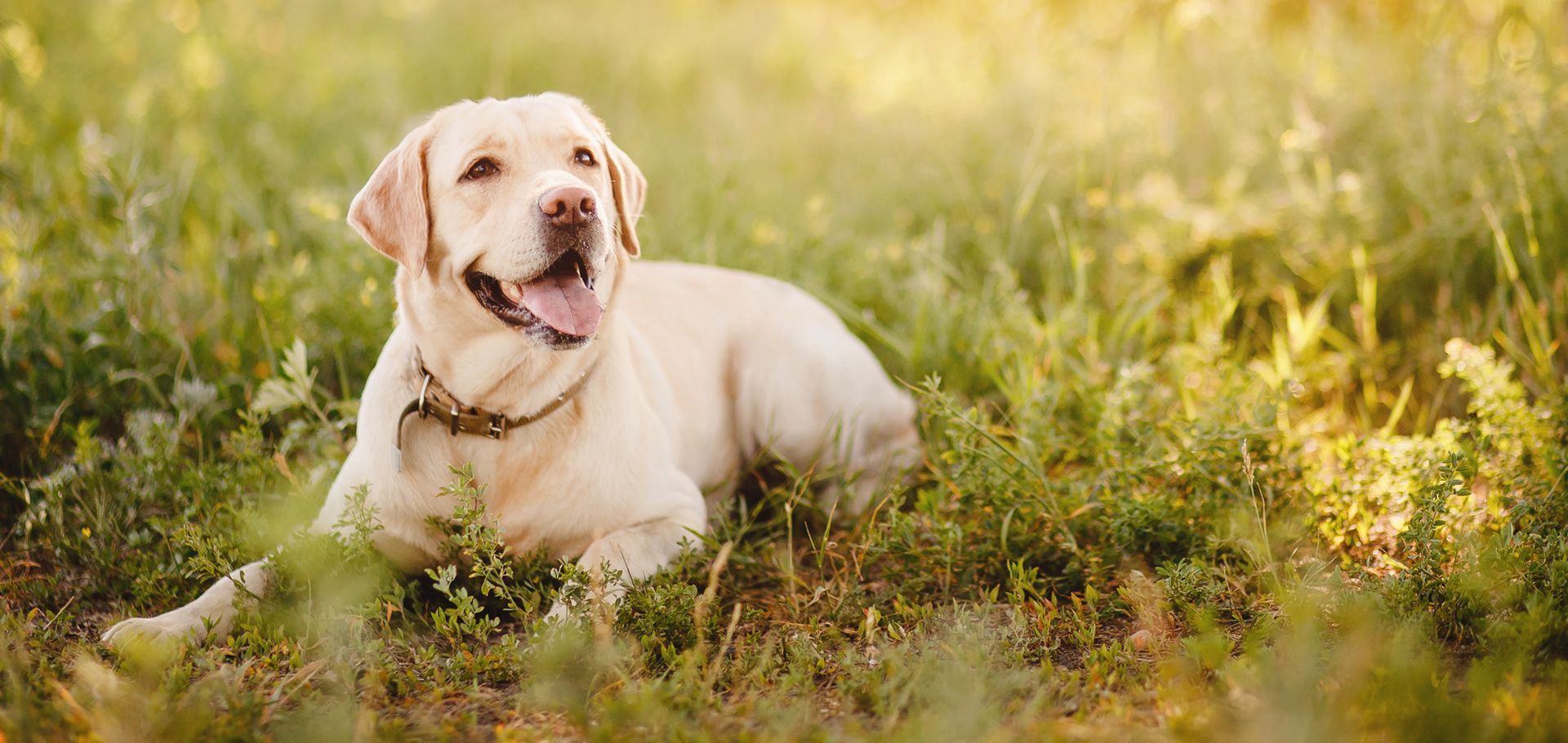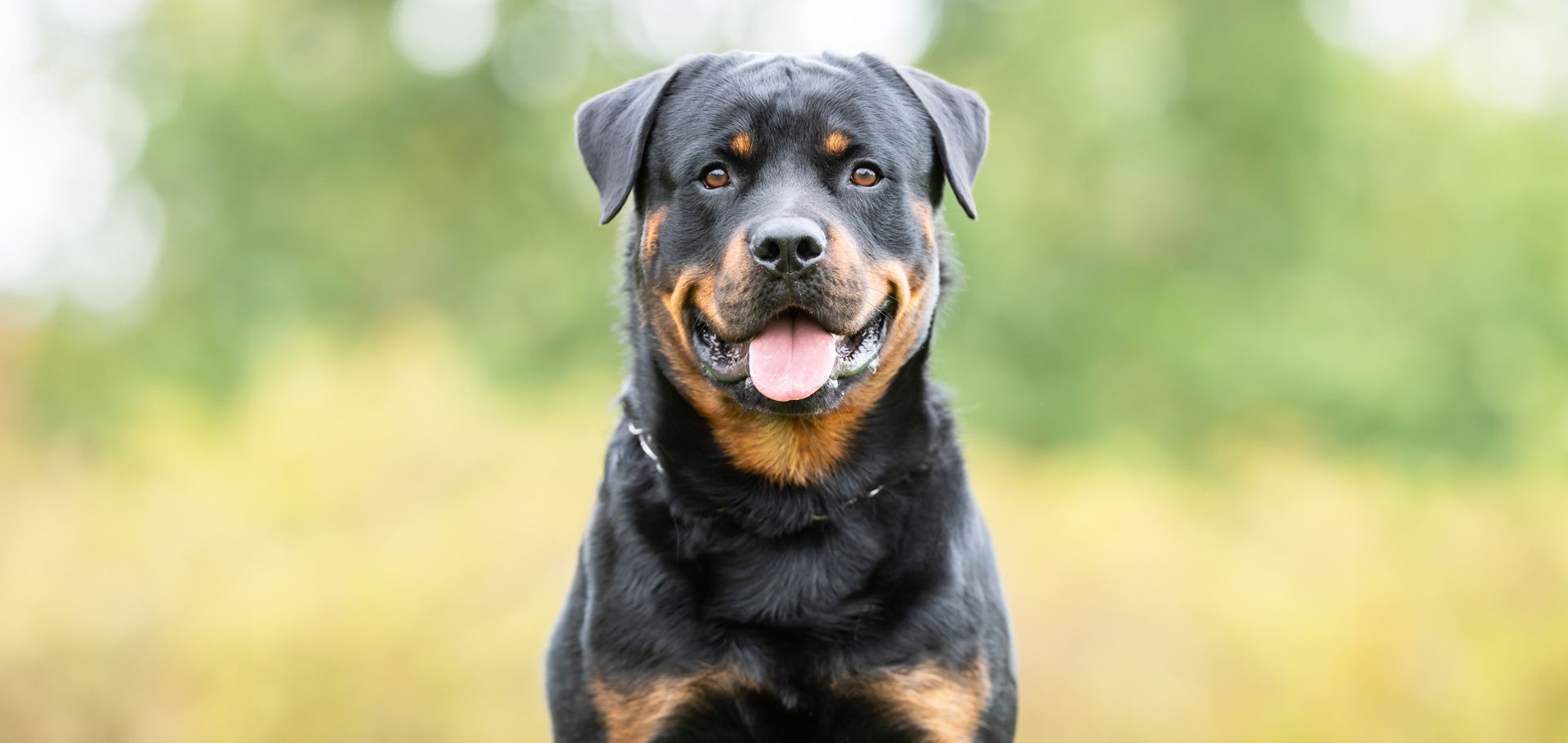
As the winter season approaches, many dog owners find themselves pondering a quite common concern: "How often should I bathe my dog in winter?"
This is not just a matter of keeping your furry companion looking good but also about ensuring their comfort and health during the colder months. Winter brings unique challenges for dog grooming, from dealing with wet fur after a snowy walk to understanding the impact of colder temperatures on your pet's skin and coat.
Don't worry, we got you covered—this article will help you dive into the basics and necessities of winter dog bathing, providing practical, easy-to-follow advice that will keep your dog happy and healthy. We'll explore everything from the best bathing techniques for chilly weather to understanding your dog's specific needs during these frosty months.
Is It Ok To Give A Dog A Bath In Cold Weather?
Bathing your dog is an essential part of their grooming routine, but when winter comes, many dog owners wonder if it's safe to give their furry friends a bath in cold weather.
The answer is yes, but with some considerations. Dogs, like humans, can get cold, so it's important to ensure they are bathed in a warm, draft-free environment. The key is to make the experience as comfortable as possible for your pet. Short-haired breeds or dogs with health issues might be more susceptible to the cold, so extra care is needed for them.
What Is The Best Time To Give A Dog A Bath In Winter?
The best time is usually during the warmest part of the day when the sun is out. This timing helps ensure that your dog doesn't get too cold during and after the bath.
Additionally, it's essential to make sure your dog is completely dry before exposing them to lower temperatures, especially if they need to go outside shortly after their bath. Using a hairdryer on a low, warm setting can help speed up the drying process, but always be mindful of your dog's comfort with the noise and sensation.
What's The Best Way To Introduce Bathing To Your Dog In Winter?
If your dog is not used to baths or if they find baths stressful, introducing them to the concept gently is important, especially in winter when they can be more sensitive to the cold.
Start by getting them used to the bathing area without actually bathing them. Let them explore the bathtub or shower area with some treats and positive reinforcement. Gradually introduce lukewarm water and use a calming tone to soothe them. It's important to make the whole experience as positive as possible!
How To Bathe A Dog In Winter
Winter dog baths require a specific approach to ensure your pet's comfort. Here's a simple step-by-step process to help you out:
Praise and Treat
Before starting, give your dog some praise and a treat to create a positive association with bath time.
Brush Before Bathing
Always brush your dog before a bath. Brushing removes mats and tangles, which can trap water and irritate the skin. Plus, a well-brushed dog is easier to wash.
Bathing Setup
Use a shower head or beaker with lukewarm water for the bath. Avoid using a plug in the bathtub and instead, use a hair catcher over the drain to prevent clogs.
Washing Technique
Begin washing from the neck down, leaving the head, face, eyes, and nose dry initially. Pay attention to the pads, armpits, and belly, but save the belly for last as it can be ticklish.
Selecting the Right Shampoo
When selecting a dog shampoo for winter bathing, opt for a gentle, natural formula. Ideally, choose a shampoo that includes essential oils like Rosemary and Eucalyptus, known for their ability to neutralize dog odors effectively.
Massage While Washing
Massage the shampoo into your dog's body. Like humans enjoying a head massage at the hairdresser, dogs also appreciate the contact during their bath.
Washing the Face
After the body, gently clean the face, eyes, and nose using a wet cloth or wipes, keeping the ears folded down to prevent water from entering.
Rinse Thoroughly
It's crucial to rinse all the shampoo off your dog's fur. Any residue left can cause skin irritation and discomfort.
Things To Remember When Bathing A Dog In Winter
Bathing your dog in winter requires special attention to ensure their comfort and safety. Here are key points to remember:
- Always let your dog relieve itself before a bath to avoid accidents and reduce the risk of cold exposure while wet.
- Keep your home and the bath water warm to prevent your dog from getting chilled post-bath.
- Use a lightweight, absorbent dog-specific towel for drying to avoid fur tangling and ease of handling.
- Avoid human shampoo; choose a mild, moisturizing dog shampoo or use plain water for sensitive skin.
- Consider using a self-serve wash facility for large dogs, which offers convenient facilities and reduces home mess.
- Remove tangles from your dog's fur before bathing to prevent matting.
- Choose a location based on your dog's size, with a non-slip surface. A leash may help keep your dog secure during the bath.
- Opt for a gentle, non-detergent dog shampoo. Dilute the shampoo for easier rinsing.
- Use slightly warmer than lukewarm water, similar to a dog’s body temperature.
- Keep your dog calm and still during the bath, for instance, by using peanut butter as a treat.
- Pay attention to cleaning the paws, elbows, ears, and under the tail. Use a washcloth for sensitive areas like the face.
- Ensure your dog is completely dry post-bath to prevent skin problems and keep them warm.
How Often Should You Bathe Your Dog In Winter?
The frequency of bathing your dog in winter largely depends on their breed, skin condition, and level of outdoor activity. Generally, dogs don't need to be bathed as frequently in winter as they do in warmer months.
Over-bathing can strip their coat of natural oils, leading to dry, itchy skin. A good rule of thumb is to bathe them once a month or when only necessary—for example, if they're particularly dirty or smelly. For most dogs, once every 4-6 weeks is sufficient. However, dogs with skin conditions or those that are more active outdoors might need more frequent baths. Do remember to always consult with your vet to determine the best bathing schedule for your dog's specific needs.
Conclusion
Winter dog bathing is not just about cleanliness but also about ensuring the comfort and well-being of your beloved pet during the colder months. Remember, the key to a successful winter bath lies in preparation and understanding your dog's specific needs.
When it comes to the question, "How often should I bathe my dog in winter?" the answer is simple: it depends on your dog's breed, skin condition, and lifestyle. A monthly bath or as needed should suffice for most dogs, but always consult with your vet for personalized advice.
Keep these guidelines in mind, and you'll have a happy, clean, and comfortable dog all winter long!
Get the Help Your Dog Needs at Brewerton Hospital for Animals!
Bathing your dog during the cold winter months can be a tricky task. If you're considering the best approach to keep your furry friend clean and comfortable this winter, the
Brewerton Animal Hospital is here to help. We offer expert
guidance and support for your dog's winter grooming needs.
Reach out to us and book an appointment to ensure your pet stays warm, clean, and well-cared for throughout the winter season!
MORE FROM THE BREWHA BLOG




